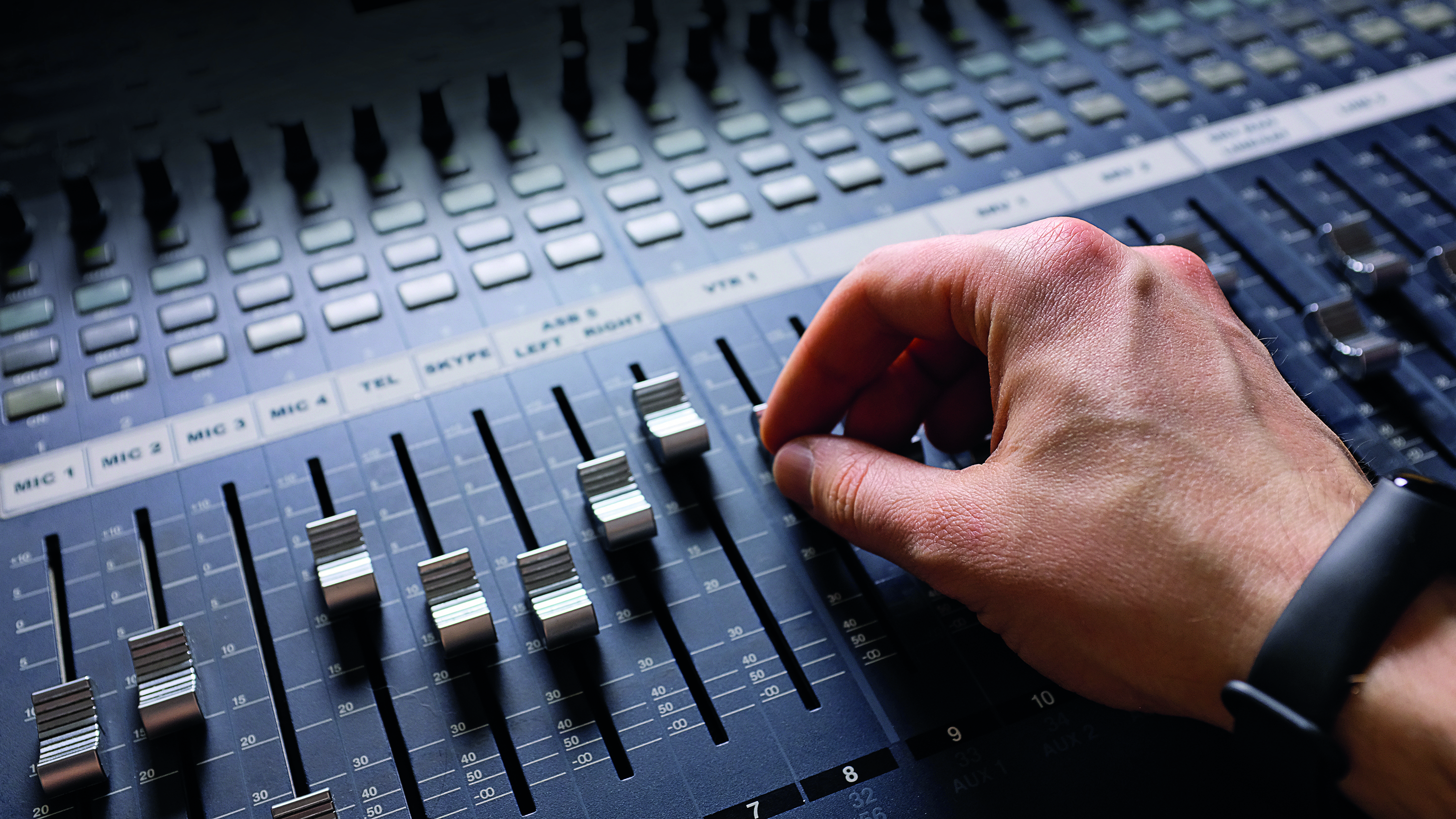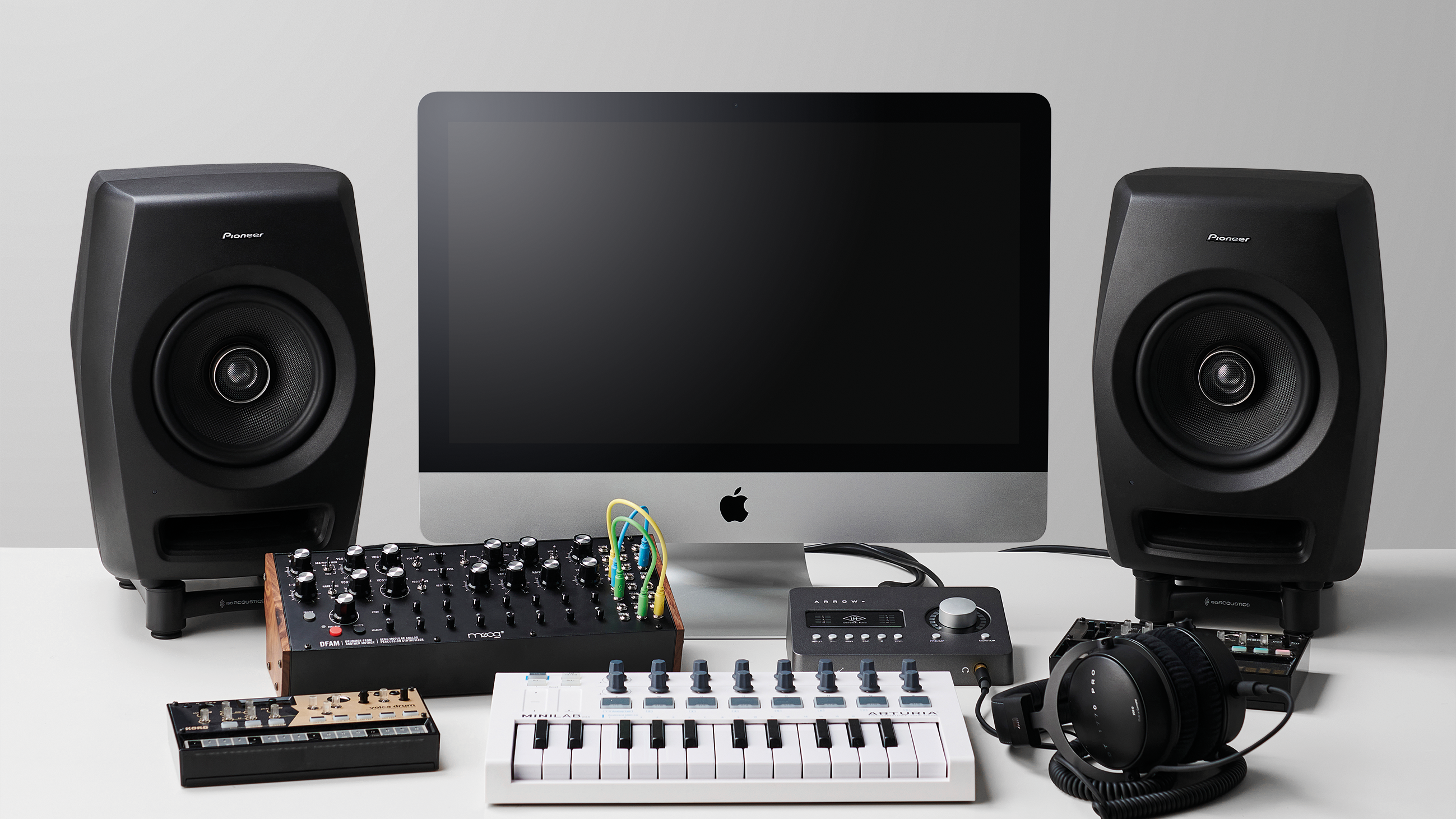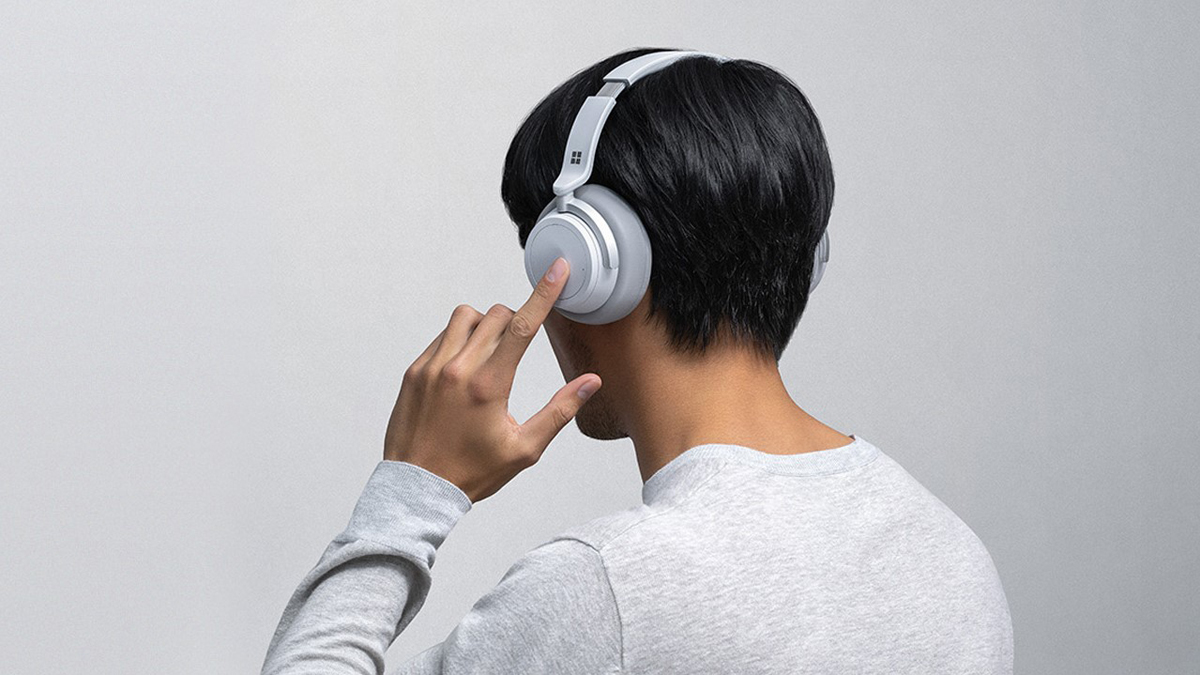5 essential tips to beat ear fatigue and protect your hearing
It's a problem that plagues musicians, producers and mix engineers alike - but how do we avoid it?

Have you ever experienced earache, discomfort or sensitivity after a long day spent working on a project? It’s a problem many producers will recognise, but what many don’t realise is that there’s a name for this ailment - and it’s more dangerous than one might expect.
We’re talking about ear fatigue. It’s an issue that affects thousands working in the music industry, and countless others who subject themselves to extreme noise levels through their own playing, mixing or listening. Causing a raft of symptoms that includes tiredness, pain, and loss of sensitivity, ear fatigue typically occurs after an extended period spent listening to music at a high volume. It’s perhaps more commonly associated with headphone use, though it can just as easily be caused by listening through monitors and speakers, too.
Ear fatigue is commonly experienced by mixing engineers and audio professionals, who will frequently spend hours listening to the same tracks while producing and mixing. The biological mechanisms behind ear fatigue are not fully understood, but it makes common sense to assume that - just like your muscles after physical exercise - the ears can be worn down and fatigued by overuse. When this happens, those affected by ear fatigue can experience what’s called a Temporary Threshold Shift, which distorts our perception of volume and makes quiet noises appear louder, making it harder to work effectively.
If you recognise the symptoms we’re describing, then you may already have suffered from ear fatigue, and - if you don’t begin treating your ears with care - you could be setting yourself up for hearing loss later in life. Whether you’ve experienced it or not, it’s important for musicians and producers to maintain awareness of the signs of ear fatigue, and more importantly, to understand how to prevent it from occurring in the first place. Here's five essential tips to help you protect your most important asset: your ears.
- Read more: Best earplugs for musicians 2022: protect your hearing from the practice room to your next gig
- Read more: Best open-back headphones 2022: top choices from Beyerdynamic, Sennheiser, Philips and more
1. Maintain a constant awareness of volume levels
If you’re anything like us, your monitoring levels can tend to creep upwards while you’re in the flow of working on a track for an extended period of time, as you gradually bump up the volume without realising you’re doing it, until the levels become inadvisably high. It’s easily done, but it’s a bad habit. It’s no secret that good music sounds better loud (in fact, there’s a scientific reason for it) but that’s not a reason to spend hours working at ungodly volumes.
Instead, we recommend that you maintain a constant awareness of the level at which you’re listening to your project. Of course, the mixing and production process inevitably involves listening to your track at varying volumes, and it’s often necessary to experience how the music sounds loud. The key is not to avoid this altogether, but to limit these periods and only edge into extreme territory briefly and when necessary.

So what level should you mix at? There’s no one right answer to this, and in addition to depending on the size and shape of your studio space and the monitors you’re using, it’s also a matter of personal preference. However, it’s good practice to mix low the majority of the time (below 60-70db) and only boost the volume periodically to check how the mix is sounding at a higher level.
Get the MusicRadar Newsletter
Want all the hottest music and gear news, reviews, deals, features and more, direct to your inbox? Sign up here.
According to medical professionals, it’s not advisable to exceed a maximum of 85db for extended periods of 8 hours or more. If you really want to keep on top of your levels, try downloading a decibel meter app on your smartphone and keep this in a visible spot in your workspace.
2. Take regular breaks
This one’s simple, but effective. Ear fatigue isn’t just caused by extreme volume levels, but also extreme durations. Yes, listening to the same song for hours at a time can be necessary when you’re trying to nail the perfect mixdown, but there’s always a limit. Don’t keep your track on loop just for the sake of it - every time you press play during a session, there should be a reason for it.
Take frequent breaks throughout these periods to give your ears time to rest, recuperate and recalibrate. Breaks aren’t only useful for resetting your ears, but also for refreshing your mind. Often, we come up with some of our best ideas in short breaks taken directly after working on a project - these periods of rejuvenation can often stimulate new ideas and approaches to the task at hand.
3. Structure your workflow

Hard and fast rules are few and far between when it comes to production, but it’s certainly sensible to approach the task with a concrete plan of action, in order to avoid spending hours soaking up high levels of volume while making no discernible progress. The more organised you are, the faster you’ll finish the process, and the less likely you’ll be to experience ear fatigue. Think about the list of tasks that you’ll need to complete and which order you’d like to complete them in, write them down and then execute your plan in a structured fashion. Consider giving yourself a deadline for each one, and an overall time limit for the mix itself. Things may not always go to plan, but by approaching the task in this way, you’ll reduce your overall listening time and give yourself an opportunity to take those essential breaks.
4. Try using open-back headphones
Many producers report experiencing a reduction in ear fatigue when using open-back headphones that allow air to pass through the ear cups and speakers. This makes sense, as the design enables air pressure to flow outwards, rather than into your ears. They might be less practical for general listening purposes or for tracking in a noisy studio, but if you’re producing in a quieter space, they’re the most ear-friendly option.
Many believe that open-back headphones also deliver a superior listening experience, producing a more expansive sound with better stereo reproduction. If you’re on the hunt for a pair, check out our buyer’s guide to the best open-back headphones on the market in 2022, or dive into our guide to the difference between open-back and closed-back headphones.
5. Mix with your eyes (and your ears)
We know, we know - producing should first and foremost be about using your ears. However, any producer worth their salt should also be able to make use of supplementary visual cues to assist in the mixing process, and this can be a useful way to avoid hammering your ears and causing unnecessary fatigue. By frequently referencing tools like the spectrum analyzer, you’ll learn to connect what you’re hearing with what you’re seeing, and gradually become more capable of using visual references to analyse and shape your mix.



I'm MusicRadar's Tech Editor, working across everything from product news and gear-focused features to artist interviews and tech tutorials. I love electronic music and I'm perpetually fascinated by the tools we use to make it. When I'm not behind my laptop keyboard, you'll probably find me behind a MIDI keyboard, carefully crafting the beginnings of another project that I'll ultimately abandon to the creative graveyard that is my overstuffed hard drive.
“I’m looking forward to breaking it in on stage”: Mustard will be headlining at Coachella tonight with a very exclusive Native Instruments Maschine MK3, and there’s custom yellow Kontrol S49 MIDI keyboard, too
“Turns out they weigh more than I thought... #tornthisway”: Mark Ronson injures himself trying to move a stage monitor










